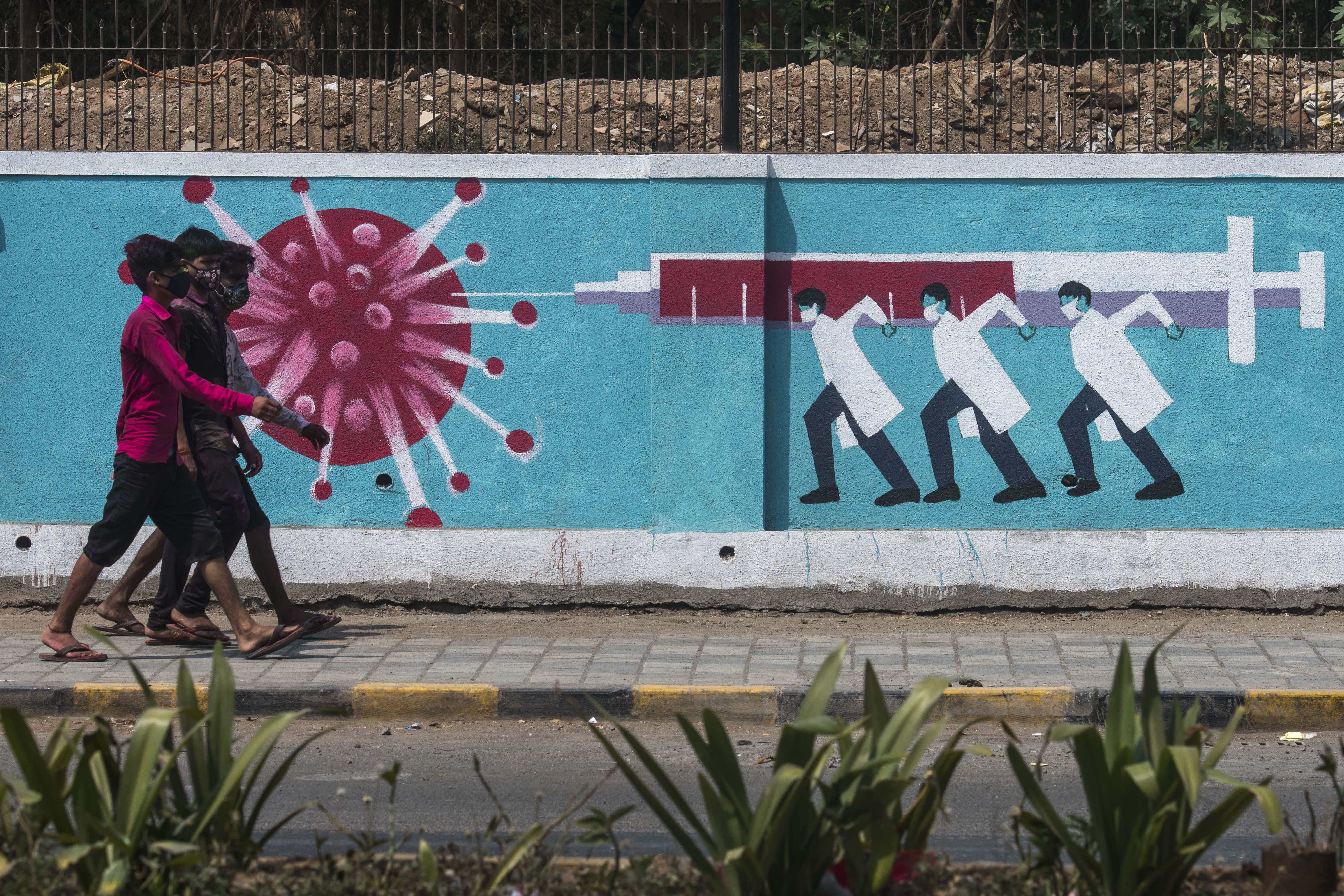
The Indian government is confident that the country will be able to meet an ambitious target of having more than 2 billion coronavirus vaccine doses by the end of the year, Civil Aviation Minister Hardeep Singh Puri said.
Last month, Health Minister Harsh Vardhan said in a statement that India will have 516 million vaccine doses by July, including shots already administered, and that the number will rise to 2.16 billion doses between August and December.
“We have paid the two existing domestic manufacturers, Serum Institute (of India) and Bharat Biotech, advance money to produce vaccines for the whole of May, June, and July. We are only past May,” Puri told CNBC’s Tanvir Gill in an interview. He explained that the government is also in advanced stages of talks with other vaccine manufacturers.
The government is “absolutely confident of being able to meet this target by December,” Puri added.
In its forecast, the Indian government expects about 750 million doses of the AstraZeneca vaccine that is being locally produced by the Serum Institute of India and is known as Covishield. Another 550 million doses of Covaxin, which is developed and produced by Indian company Bharat Biotech, are also expected.
People walking past a wall mural depicting medical staff hitting the coronavirus with vaccine needle at Santacruz on March 29, 2021 in Mumbai, India.
Pratik Chorge | Hindustan Times | Getty Images
Both vaccines are being currently used in India’s inoculation campaign where more than 222 million doses have been administered as of Thursday — but a majority of them are first of the two doses required for immunity.
Russia’s Sputnik vaccine — the third shot to get approved — will contribute about 156 million to the predicted tally. Reuters reported that six Indian companies have already signed deals to produce around 1 billion doses of the vaccine annually and that Serum Institute is also seeking approval to make it.
The government also expects:
In addition, India has also authorized foreign-made vaccines that have been granted emergency approval by the U.S., U.K., European Union, Japan and World Health Organization-listed agencies.
Vaccines, the way forward
Experts agree that vaccination is the way forward for India — both to bring the economy out of the Covid crisis and to mitigate the effects of a third wave. But vaccine hesitancy, in part due to misinformation being spread about the shots, has been an issue both in India and globally.
Vaccines are also in short supply and that has slowed down domestic inoculation efforts and forced India to halt exports to other countries.
For his part, Puri said that proper dissemination of information and education around vaccination is needed and that the government is doing its part.
India is battling a devastating second wave of outbreak that started in February and accelerated in April and early May, which overwhelmed the country’s health-care infrastructure. The sector has struggled with shortages of beds, oxygen and medication as many doctors and other health-care workers succumbed to Covid-19.
A doctor walks past the banner announcing a Covid-19 vaccination drive in Hyderabad, India on May 28, 2021.
Noah Seelam | AFP | Getty Images
Some of that pressure eased once the central government and states stepped up their efforts to manage the outbreak while international aid poured in, providing some of the much-needed medical supplies.
Daily reported cases in India have declined from a peak of more than 414,000 in early May. So far, the South Asian nation reported more than 28.5 million cases and over 340,000 deaths.
Puri said the government has now mapped out ways to deal with challenges like oxygen shortages, where hard-hit areas ran out of stock and logistical difficulties made it harder for new supplies to reach them.
Initially, the government diverted oxygen meant for industrial use to medical facilities. Last month, it stepped up efforts to streamline the supply by allocating funds to install 500 medical oxygen plants across India within three months.
“If a third wave comes, and when it comes, depending on the requirements, our capacity to again repurpose and again to convert back to dealing with it, I think that infrastructure capacity is there,” Puri said.




